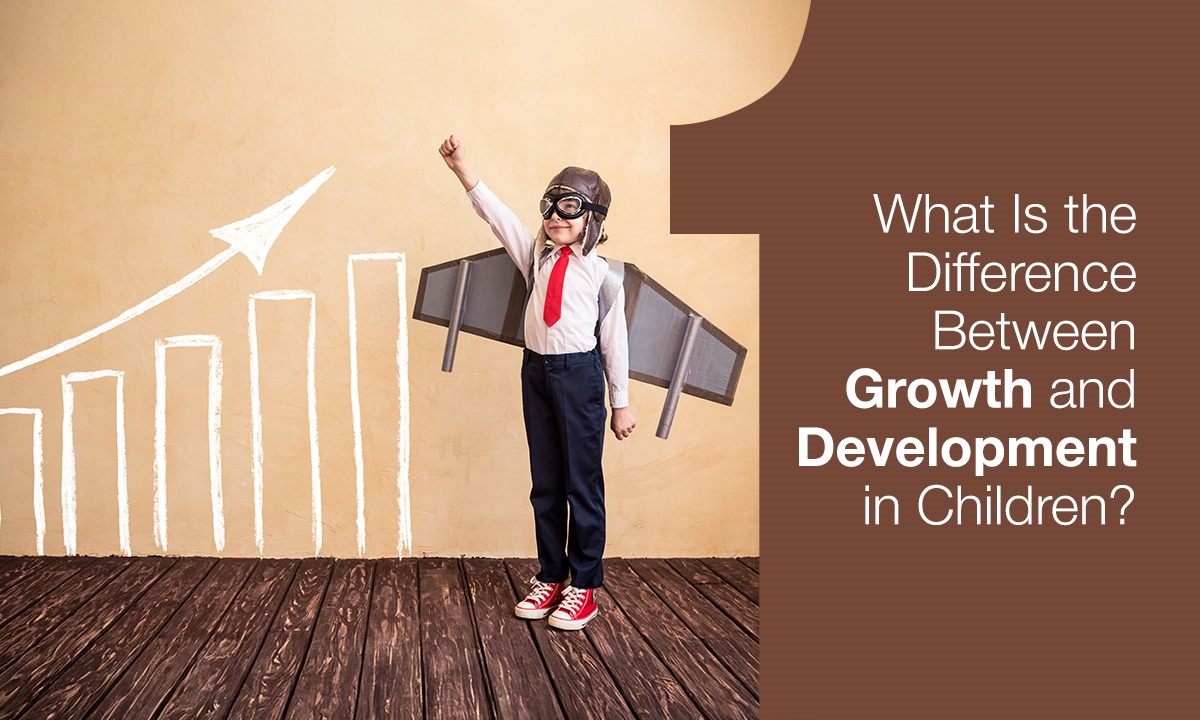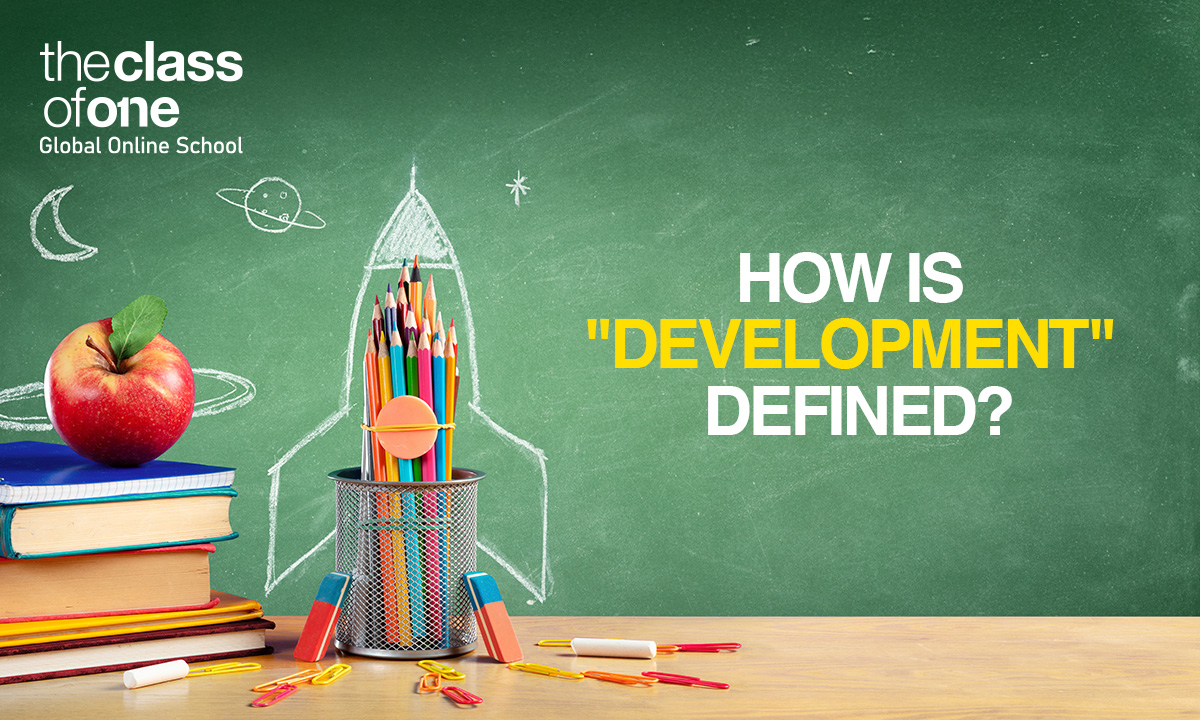
Understanding how children change from infancy through adolescence requires distinguishing between the two. To come to terms with the way children evolve during infancy through adolescence, it is important to know the difference between growth and development. Although these terms are commonly interchanged in the daily sense of the word, they are two completely different processes which, when combined, determine the way of a child to adulthood. Understanding the difference between growth and development is vital for parents and educators. This difference directly impacts how we assess a child's well-being, address their learning needs, and foster their full potential. Simply put, growth is about size and quantity, while development is about competence, quality, and function.
In order to get a good idea as to why both concepts are essential for a child, we need to understand the meaning of each of the terms. This understanding makes it possible to be more appropriately concerned in parenting and pedagogy. The interaction of these two affects the totality of a child's ability to deal with reality.
Growth refers to the quantifiable physical changes that occur in a child’s body. It is a biological process that deals with augmentation. Growth being measurable gives definite biological indicators of overall health and nutrition.
Statistics show that children in reliable, healthy developmental patterns are less likely to encounter some physical limitations in later life. On the other hand, the abnormalities during growth indicators, when identified early, can reflect silent cases of health or nutritional shortage, which must be mitigated promptly.

Development, on the other hand, is the qualitative process and progress of the abilities, skills, and even the general functional capacity of a child. It is the process by which a child learns to navigate their physical, social, and emotional environments effectively. Development is not merely the growth of size, but the growth of complexity and development of competency.
The studies indicate that there is a close relationship between healthy early-childhood development and higher levels of academic achievement. The distinction between the two terms can be easily understood through the example of one such child who has grown tall (physical size) and those who regulate their emotions (developmental skill).
| Feature | Growth | Development |
|---|---|---|
| Nature | Quantitative; measurable in numbers. | Qualitative; measurable in capability, effectiveness, or structure. |
| Focus | Expansion, size, volume, or magnitude. | Improvement, refinement, sophistication, or maturity. |
| Time Frame | Often, short-term or immediate results. | Long-term, sustainable transformation. |
| Measurement | Easy to measure: e.g., revenue figures, headcount, sales volume. | Harder to measure objectively: e.g., skill level, cultural maturity, process efficiency. |
| Goal | To become more (bigger). | To become better (more capable). |
It is critical to understand the difference between growth and development, where raising a child is only literate in terms of their physical size but functionally poor as a functional member of society. In this case, success is determined in terms of a child learning throughout their life, adapting, and being well in the long term.
Physical development forms the basic foundation on which developmental milestones will be formed. As an example, a child needs enough muscle and bone structure growth to be able to master walking, running and drawing (motor development). An adequately nourished and growing brain provides the energy and neural foundation needed to support the vigorous energy-consuming activity of cognitive growth.
The interdependency in this case remains obvious: impaired growth may simply place direct constraints on the developmental capacity, which explains the paramount importance of the follow-up of both.
Although growth is required, development, especially in the areas of cognition and socio-emotion, is a more influential predictor of academic and career achievements. Development influences the 'how' part of learning – how a child would process information, how they would solve emerging problems, and how they would communicate with people and teachers. The academic success of college graduates are powered by these qualitative abilities.
Statistical analysis of student cohorts often reveals that high scores in early developmental assessments correlate with significantly higher educational attainment and better mental health outcomes in adolescence.
The realisation of the difference between growth and development consciously replaces the educational paradigm as the ability to teach (quantity of knowledge) with the ability to learn (quality of skill). As a parent, this manifests in the oneness of going behind the annual height chart and being active in matters that foster the acquisition of skills and the balance between emotional richness and depth.
The difference between growth and development is fundamental, where the person grows in scale, which is different from development, where one develops in expertise. Both should be carefully monitored and cultivated to ensure the long-term success of a child. The reason why the child succeeds as much as they grow in height will be fate, but their rational flexibility, emotional strength and social interactability are what will determine their potential in the future.
This is one of the interplays that are central to the educational philosophy at The Class of One(TCO1). We realise the uniqueness of every child's development, and thus the framework here is designed in such a manner to facilitate an individualised developmental path whereby students not only mature in the physical sense but also acquire qualitative, complex skills that help them lead successful lives in a world that is quite unpredictable. We support all learners in gaining the full package of a winning future by giving the same attention to the measured attainment and qualitative skill development.